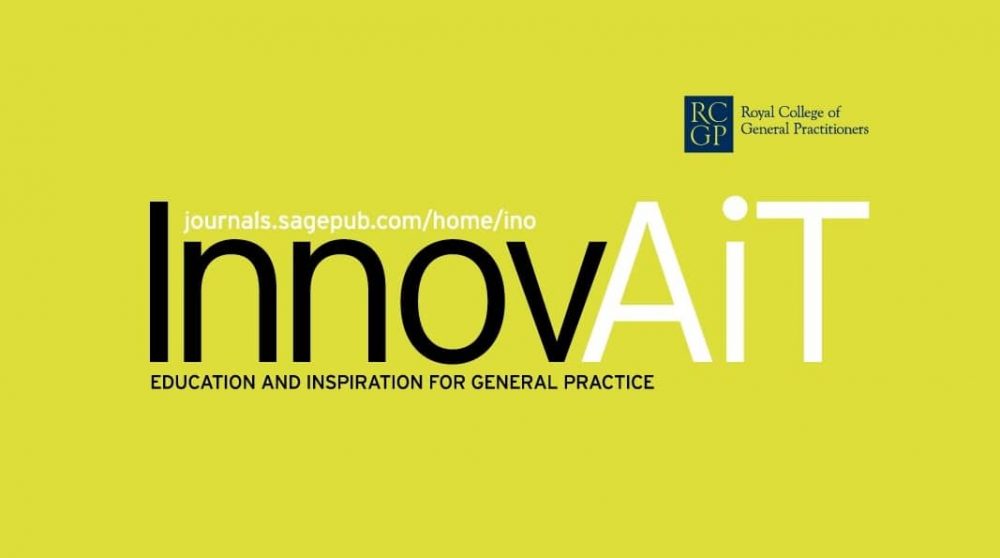Carmen Schmechel is a medical historian and postdoctoral research fellow at Freie Universität, Berlin, Germany.
Lars Joensson is a pharmaceutical professional and history student at the University of Aachen, Aachen, Germany.
Sarah Stinnissen is a freelance medical writer and editor in Berlin, Germany.
Steven Walker is a director of Stgilesmedical, London, UK.
Vaccination efforts all over Europe are scrambling to keep up the pace with new and fast-spreading SARS-CoV-2 variants. . Of particular concern are B.1.1.7 (currently over 72% of cases in Germany as of March 17th), as well as P.1 and B.1.351 types. The latter has shown antibody resistance, potentially reducing vaccine effect significantly.1 Given the current data and the unlikely attainment of herd immunity, epidemiologists are warning of further waves of infections. Yet lockdown measures are being loosened in much of Europe.
Public health measures were always met with resistance
To some extent, loosening is understandable. Circumstances beyond the strictly epidemiological need to be factored into such decisions; it is not easy to balance individual, economic, and public health needs. But this has always been a challenge, as demonstrated by many epidemics in centuries past. History tells us that while compliance varied, public health measures were rarely, if ever, welcomed by the population. As early as the 16th and 17th centuries, the dynamics between enforced measures and frustrated citizens played out in ways that are recognizable today.
History tells us that … public health measures were rarely, if ever, welcomed by the population.
Elizabeth’s Book of Orders, the first English plague management guide
Between 1563 and 1666, England went through several devastating waves of bubonic plague. The epidemic, which mowed down approximately one-fourth of London’s population, proved as much a public health problem as a political one. In 1578, Queen Elizabeth I issued a Book of Orders—the first of its kind in England—for the management of the plague. The Orders prescribed a six week quarantine for the sick. Those breaking the rules were liable to be imprisoned. Appointed persons would bring food and water to quarantined houses; the wealthy paid for themselves, while for the poor, costs were covered with the “common charges.” Guidelines decreed that neighbouring communities should contribute to each other’s costs.
16th century medical advice: recipes and remedies
The book also contained medical advice “to suppresse the grievous Infection of the Plague.” As per traditional Galenic medicine, disease was linked to “bad air” and was to be fended off with herbs and infusions, along with bloodletting. Other recommendations included holding a handkerchief dipped in vinegar and rosewater in front of your face, a possible precursor of the face mask. Though chewing valerian root, making onion poultices for sores, or eating toast sprinkled with wine vinegar during pregnancy were rarely effective, they represented an enlightened shift from believing that disease was God’s punishment to be endured.
King James sharpens the rules
The ascent of King James VI of Scotland to the English throne in 1603 saw the revision of plague management guidelines, with the death penalty being now threatened for anyone with sores who was found conversing with others.2 These harsh containment measures were aimed at the poor, by now seen as both the main victims of disease and its main spreaders.3 Watchmen were appointed to ensure people stayed indoors, using physical coercion if necessary, while being released of accountability for inflicted violence. Supporters of these measures depicted them as being in the best interest of the community.4 In practice, these measures proved difficult to enforce and aroused resentment and rebellion among the population, not least because they were regarded as consolidating the power of the state. This sentiment mirrors recent protests against lockdowns in cities around the world.
The ‘social contract’: balancing freedom and safety
The idea of a “social contract” between state and the individual was crystallised later by Thomas Hobbes in his famous work, Leviathan (1651): people relinquish personal freedom in exchange for protection in law by the government. Features of Hobbes’ model remain relevant even today. To ensure optimal protection from disease, governments require access to controlling both individual and population behavior. In our own digital age, concerns over abuse of power are advanced as an argument against contact tracing and digital surveillance.
Balancing individual freedom with public health interests and the economy remains a delicate and fraught endeavour.
Preventative measures remain the ‘lesser evil’
The complex truth is that public measures that work tend to be intrusive and are met with “suspicion, distrust, and riots” under all political regimes – and sometimes with good reason. Historian Eugenia Tognotti writes that “individual rights have often been trampled in the name of public good,” with the poor and minorities disproportionately affected across history.5 Additionally, quarantine produces long-term negative psychological effects.6
Balancing individual freedom with public health interests and the economy remains a delicate and fraught endeavour. From a medical perspective, however, until vaccination is widely implemented, traditional preventative measures such as social distancing, mask wearing, ventilation and the avoidance of unnecessary travel have to be regarded as the ‘lesser evil’.
References
- Wang P, Nair MS, Liu L, Iketani S, Luo Y, Guo Y, et al. Antibody Resistance of SARS-CoV-2 Variants B.1.351 and B.1.1.7. Nature. 2021 Mar 8;1–9.
- Slack P. The English Poor Law 1531–1782 [Internet]. London: Palgrave Macmillan UK; 1990 [cited 2021 Feb 25]. Available from: http://link.springer.com/10.1007/978-1-349-06720-6
- Healy M. Fictions of Disease in Early Modern England: Bodies, Plagues and Politics. London: Palgrave Macmillan UK; 2001.
- See Hammill G. The Mosaic Constitution: Political Theology and Imagination from Machiavelli to Milton. Chicago and London: University of Chicago Press USA; 2011, p. 142. See also Stephen Porter, The Plagues of London, 2008.
- Tognotti E. Lessons from the History of Quarantine, from Plague to Influenza A. Emerg Infect Dis. 2013 Feb;19(2):254–9.
- Brooks SK, Webster RK, Smith LE, Woodland L, Wessely S, Greenberg N, et al. The psychological impact of quarantine and how to reduce it: rapid review of the evidence. The Lancet. 2020 Mar;395(10227):912–20; and Rubin GJ, Wessely S. The psychological effects of quarantining a city. BMJ 2020;368:m313. doi:0.1136/bmj.m313.








